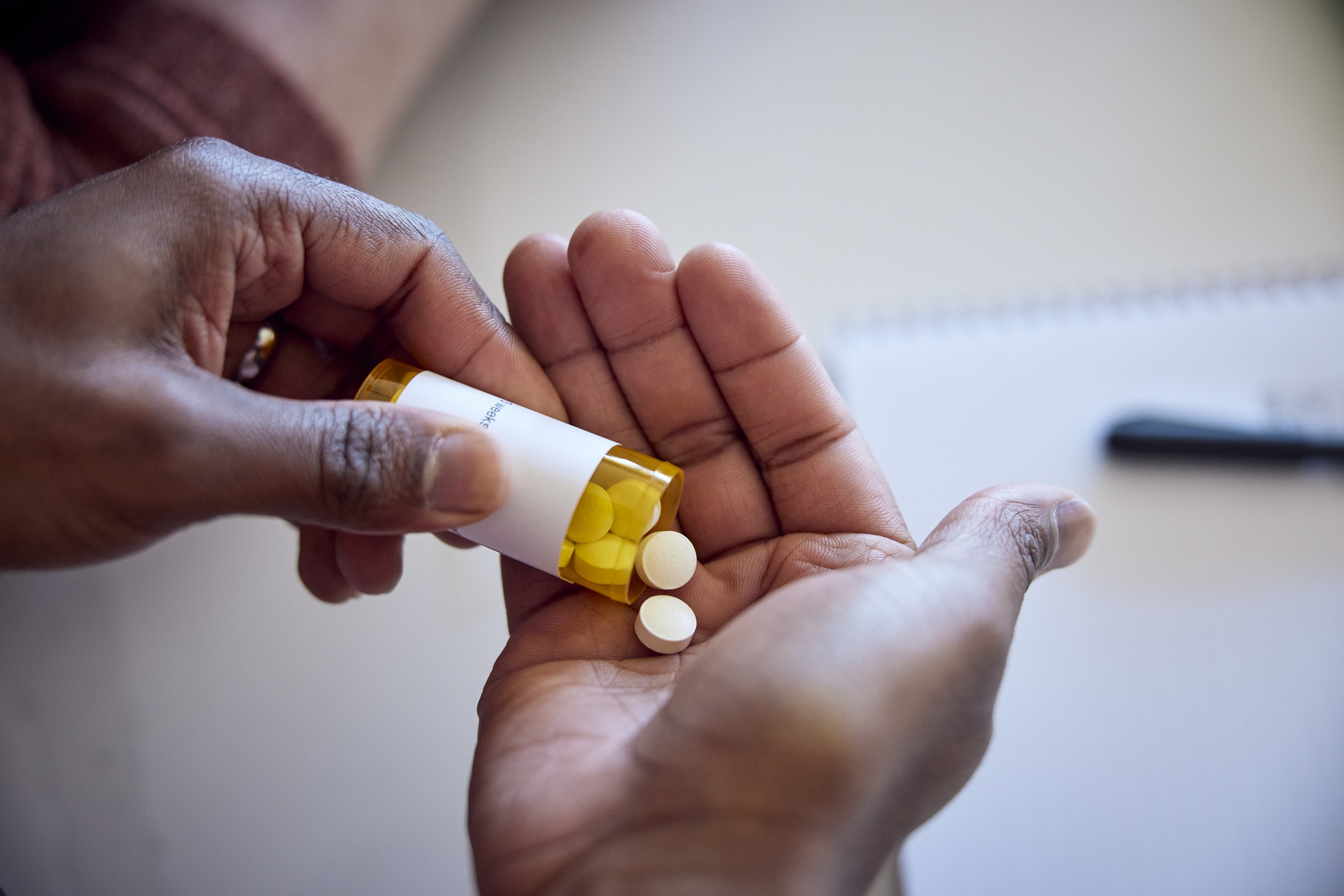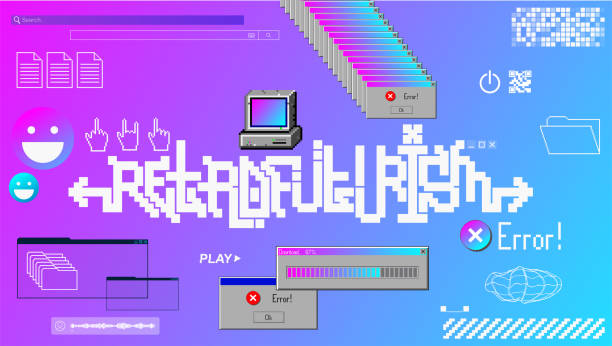Drug Tests Using Saliva – a Complete Guide

The myriad of options available for pre-employment drug testing can make it difficult to maintain a more productive workplace. There are options for oral fluid (saliva), urine, hair follicle, and blood drug testing available to you, each with its own unique benefits and challenges.
The purpose of this article is to examine the accuracy, detection period, and use cases of saliva drug tests and compare them to your other options. Once you know what drug tests are best suited for your pre-employment screening, you can make an informed decision.
Table of Contents
How Is A Saliva Drug Test Performed?
An Instant saliva drug test can identify the presence of drugs or alcohol in someone’s system by detecting traces of substances in their saliva.
A saliva drug test is also called an oral drug test, cotton swab drug test, or a mouth swab drug test.
A Mouth Swab Drug Test: How Does It Work?
The inside of the cheek or under the tongue can be swabbed using a swabstick with an attached sponge or absorbent pad. Spit, drain, and suction can also be used to collect saliva for testing.
A mouth swab drug test may be performed in an office or at the scene of an accident, or at a dedicated lab or specimen collection site.
If the individual is being screened, he or she may need to refrain from eating or drinking anything for 10 minutes before the test. It is possible for food, beverages, medications, and mouthwash to interfere with an accurate saliva drug test.
What Are The Results Of A Mouth Swab?
There are saliva tests that can detect a single substance, such as a alcohol or marijuana swab test, as well as multiple panel drug screenings that can detect several substances simultaneously. Common substances tested include:
- Alcohol
- Amphetamines
- Barbiturates
- Benzodiazepines
- Cocaine
- Marijuana
- Methamphetamine
- Opioids
- Opiates
- Phencyclidine
Is A Mouth Swab Drug Test Accurate?
Mouth swab drug tests are relatively accurate, but only if they are used correctly. Furthermore, mouth swabs are usually administered by an administrator or under supervision, making it harder for the person being tested to tamper with the specimen.
Instant oral fluid testing kits, instant oral fluid testing devices, and laboratory testing have different levels of accuracy. According to one study, a mobile saliva test system was 97.5% as accurate as a lab-based saliva test. Depending on the method of specimen collection, the type and concentration of the drug, and whether saliva flow was stimulated, accuracy may also vary. For example, citric acid chewing gum or candy have been shown to lower codeine concentrations two- to six-fold, methamphetamine concentrations two- to four-fold, and cocaine concentrations five-fold.
Thc Drug Test By Saliva: How Accurate Is It?

Evidence suggests that THC is deposited in the oral cavity when cannabis is smoked, and that saliva samples can contain high levels of THC when the patient has just smoked. Upon clearing, the level of THC slowly declines over the next 12 hours.
On the other hand, passive cannabis exposure (when a person inhales marijuana smoke from a nearby user) results in negative drug test results within an hour. THC in saliva provides an accurate indication of active cannabis use when recent passive exposure can be excluded.
Which is more accurate, a SALIVA or a urinalysis?
Urine and blood tests are both typically more accurate than saliva tests, but they must be used properly.
Comparing urine and saliva drug tests, the study found that urine tests were more likely to detect overall substance use than oral tests. There were 12 positive drug test results, nine of which came from urine tests, one from saliva tests, and two from both tests.
A urine drug test also has a longer detection period, making it a better choice for determining someone’s history with drugs.

 Finding the Best Teen Mental Health Facility in Phoenix
Finding the Best Teen Mental Health Facility in Phoenix  Unleashing Your Ultimate Performance: How Dr. Sue’s Sport Hypnotherapy Transforms the Game
Unleashing Your Ultimate Performance: How Dr. Sue’s Sport Hypnotherapy Transforms the Game  Get Help for Your Teen: Understanding the Importance of Teen Mental Health Therapy
Get Help for Your Teen: Understanding the Importance of Teen Mental Health Therapy  Semaglutide Pills for Diabetic Patients and its role in Weight Management
Semaglutide Pills for Diabetic Patients and its role in Weight Management  How and When Must Drug Companies Participate in the 340B Program?
How and When Must Drug Companies Participate in the 340B Program?  What You Need to Know About Bacterial Infections: Causes, Symptoms & Treatment
What You Need to Know About Bacterial Infections: Causes, Symptoms & Treatment  Tea Leoni Tim Daly Split – Are They Really Breaking Up? Full Story
Tea Leoni Tim Daly Split – Are They Really Breaking Up? Full Story  Tim Daly and Tea Leoni – Who Are They? Full Bio & Career
Tim Daly and Tea Leoni – Who Are They? Full Bio & Career  Breaking: Software TGD170.FDM.97 New Release Out Now!
Breaking: Software TGD170.FDM.97 New Release Out Now!  TGD170.FDM.97 New Release – What’s Inside the Latest Update?
TGD170.FDM.97 New Release – What’s Inside the Latest Update?